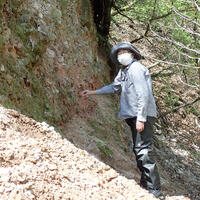Research Experience
-
2021.04-Now
東京大学地震研究所 外来研究員
-
2017.04-2023.03
Waseda University Faculty of Education and Integrated Arts and Sciences Associate Professor
-
2019.04-2021.03
The University of Tokyo Earthquake Research Institute
-
2014.04-2019.03
東京大学地震研究所 外来研究員
-
2014.04-2017.03
Waseda University Faculty of Education and Integrated Arts and Sciences


Click to view the Scopus page. The data was downloaded from Scopus API in January 01, 2026, via http://api.elsevier.com and http://www.scopus.com .